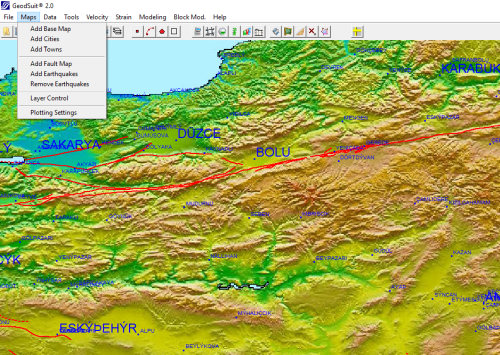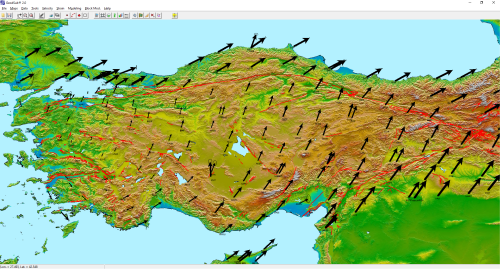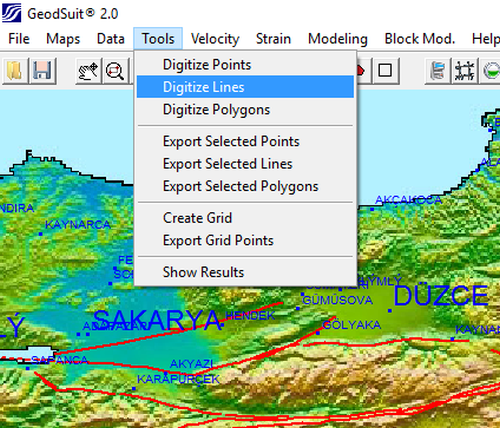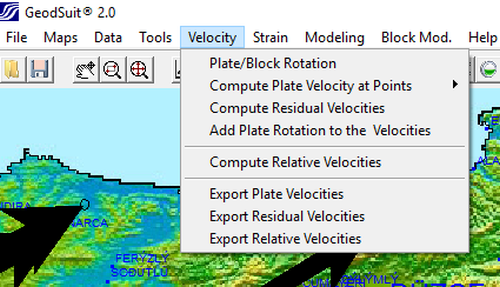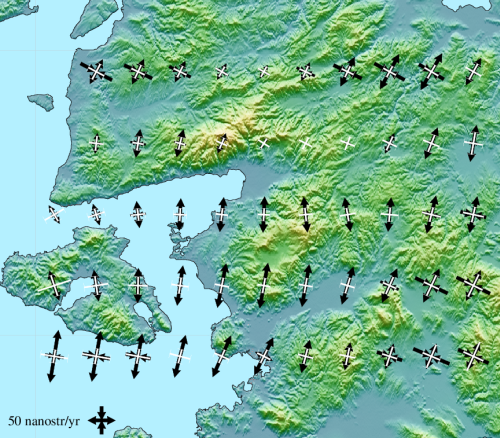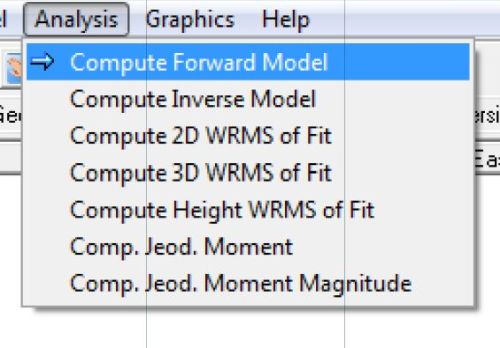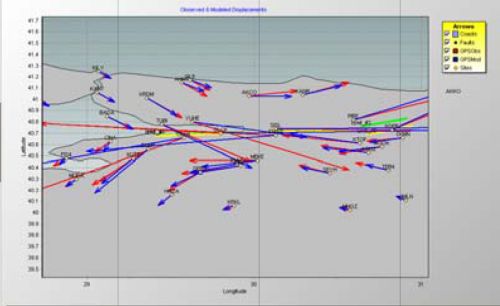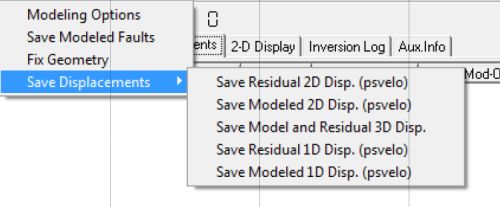Objectives
-
Compute/Form plate velocity models with Euler Pole parametrization graphically selecting sites
-
Compute/Form residual velocity fields graphically
-
Compute/Form residual relative velocity fields graphically
-
Compute geodetic strain rates with user-defined parameters (smoothness, coverage covariance tuning etc.) and fully propagated error bounds
-
Compute seismic strain rates within seismic zones graphically digitized
-
Interseismic deformation analysis by micro plate modeling with elastic strain accumulation along block boundries
-
2D Interseismic deformation analysis for strike-slipand dip slip faults
-
2D/3D parametrization of elastic dislocation with various earth models
-
Forward/Inverse modeling of seismic displacements
-
Speed Vectorization of blocks/seismic zones
-
Numerous tools to convert/transform tectonics and deformation related data
-
Handling Numerous tools to convert/transform tectonics and deformation related data
-
- Load Fault data from various formats (GMT Multisegment, ESRI Shape, AutoCAD DXF)
- Load GPS velocities data in GAMIT/Bernese/GMT formats
- Load Earthquake Catalogues (Kandilli *.txt /AFAD *.csv formats)
CAD-like layer management
CAD-like editing of fault lines, block boundaries (for block modeling, seismic zonation etc.), surface faulting for dislocation modeling etc.
Digitizing point/line and area features directly in GMT native plotting format
Plate velocity module to compute plate-fixed reference frames
Formats
Strain analysis with scattered data with full covariance propagation and error bounds
Dislocation Module to perform 3D seismic displacements (forward and inverse modeling, geodetic moment/moment magnitude).Computation of fault parameters from geodetic data
Instant full graphic display of the results
Output myriad of results in GMT formats to further process for publishing
